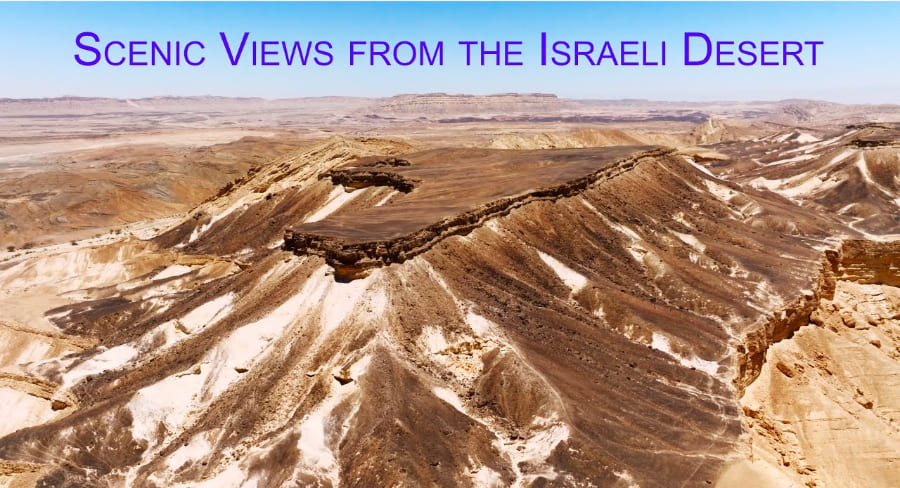- Hidden treasures in the Israeli deserts
- Why visit the deserts of Israel?
- The Dead Sea: The lowest natural spa on the planet
- The surprising Arava desert
- Masada: A lesson in courage overlooking infinity
- Negev, the desert that looks like another planet
- The mountains of Eilat: Gorges and breathtaking colors
- Ramon Crater: The geological heart of the Negev
- Timna Park: Mines, history and lakes in the middle of the desert
- Desert of Zin; Small but with a biblical soul
- Ein Gedi: an oasis among deserts
- Tips for visiting Israeli deserts
- Which of these Israeli deserts would you like to visit?
Hidden treasures in the Israeli deserts
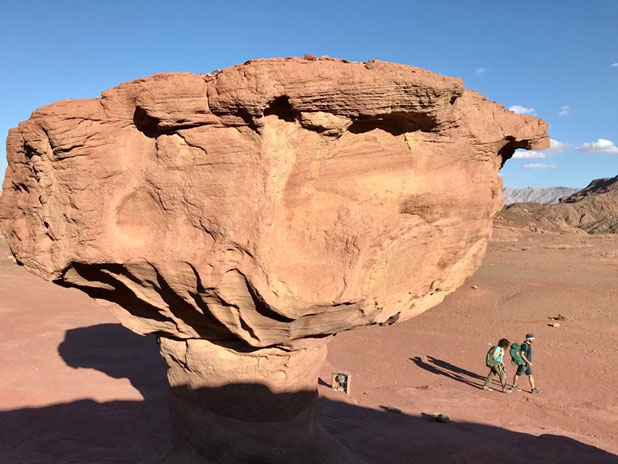
When we think of the desert, we imagine a vast expanse of dry land. There is a lot of heat and a sun that seems to embrace you without asking for permission. Yes, there’s something to that… but Israeli deserts are anything but boring or empty.
Did you know that almost two-thirds of Israel is desert? And the amazing thing is that these arid landscapes are full of life, beauty and unexpected adventures – yes, really! If you know where to look, you’re in for visual and spiritual jams that will leave you open-mouthed.
So if you’re planning a trip to Israel, or if you’ve already been and want more, this list will help. And if you’ve already explored any of these places, let me know which one was your favourite!
Why visit the deserts of Israel?
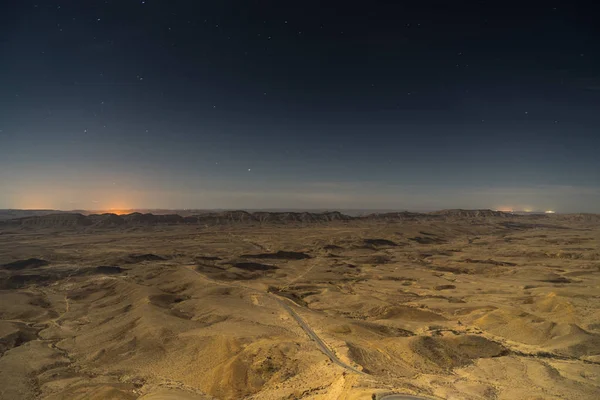
Because they are not only beautiful, but also historic, magical and even romantic. From starry nights without light pollution to vineyards in remote areas, the Israeli deserts are a world to explore. There are even alpaca farms, artisanal bakeries and luxury cabins where you can watch the sunrise in absolute silence!
The Dead Sea: The lowest natural spa on the planet
Known as Yam Ha-Melach (the Sea of Salt), this salty sea is the lowest point on Earth. Floating there is an urreal experience. One feels like a happy, effortless cork as minerals and calm infuse the body.
The Judean desert surrounds it, a place as arid as it is hypnotic. Nearby, you can find springs and oases that look like something out of a biblical tale.
Have you ever been in water so salty that it pushes you up? Here you can do it.
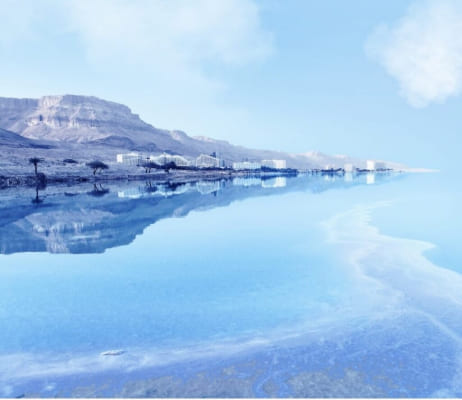
The surprising Arava desert
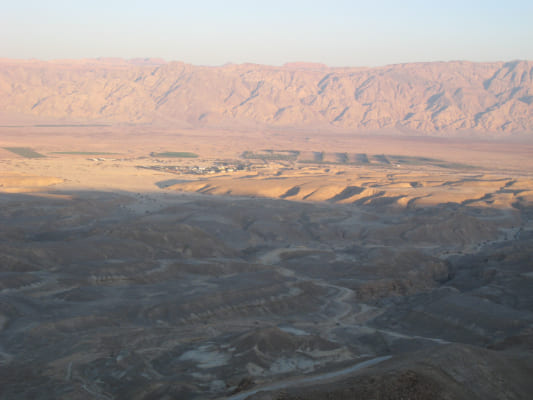
When I was told about the Arava desert, I imagined a lifeless wasteland. But no, this desert is like that silent friend that, when it speaks… surprises!
Arava is in southern Israel, between the Edom mountains and the Negev. It is a hot but fertile area because of Israeli innovation.
The highlight? Crops that defy the climate, tomatoes that grow under an unrelenting sun and kibbutzim that export to Europe. It’s a modern miracle, watered with science and stubbornness.
Definitely one of the most groundbreaking Deserts of Israel.
These sites are not only natural gems, but also settings used in Israeli series that seek to capture the authenticity of the desert.
Masada: A lesson in courage overlooking infinity
This ancient fortress is not only a World Heritage Site, but an emblem of resistance. Many Israeli soldiers take the oath here, connecting with their history on top of the plateau.
Today, you can ascend by cable car or on foot. The view from the top always has that “wow” effect. It takes your breath away, especially if you walked up.
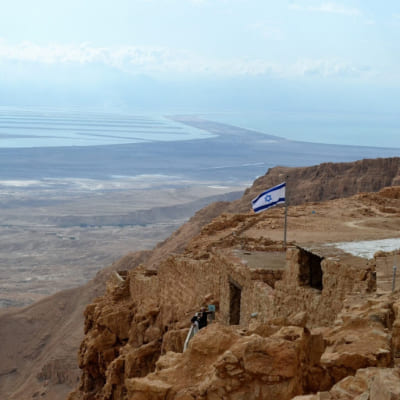
Negev, the desert that looks like another planet
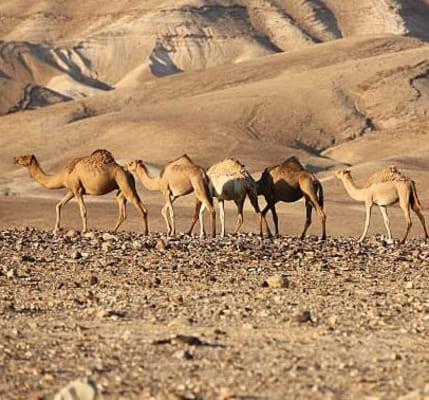
n Israel, agriculture covers more than 60% of the country’s territory. Did you know?
This is the big brother of the Israeli deserts. The Negev is not only big, it is a universe in itself: science, art, craters, and Bedouin culture.
Among its treasures are the Ramon crater, the largest in the world. – The Mitzpe Ramon Sculpture Park is nearby.
– There are also astronomy centers.
– They look like they are from a science fiction movie.
And of course, the Bedouin communities with their camel caravans and tents under the stars.
The mountains of Eilat: Gorges and breathtaking colors
Israeli deserts also know how to play with the color palette. In the mountains of Eilat, the landscape glows with reds, browns, and yellows in the sun, as if someone painted them by hand.
The canyons are so narrow that you can brush both walls with open arms. And in the heights, you can come across gazelles, striped hyenas and even hawks. Who said the desert was silent?
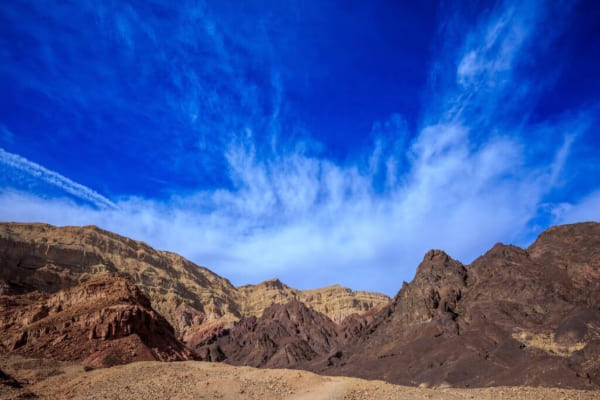
Ramon Crater: The geological heart of the Negev
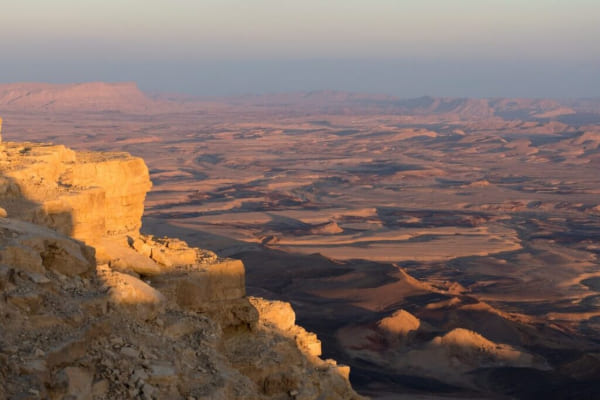
This is not just any crater, no sir. It is a makhtesh, a unique formation in the world. It resembles an elongated heart (yes, really), and it holds the title of the largest erosion crater in the world.
From the top of Mitzpe Ramon, you can see the whole geological spectacle. There are bakeries, Bohemian cafes and an astronomical observatory.
And the best part? The surrounding natural park allows you to go hiking, biking or just contemplating. Ideal for adventure lovers… or lovers of beautiful stones.
Timna Park: Mines, history and lakes in the middle of the desert
About 25 km from Eilat, Timna Park is an open-air museum. It has the oldest copper mines in the world, orange-colored rock formations, and even a lake for water activities. Yes, a lake in the desert!
In addition, it offers hiking trails, picnic areas, and even bike or jeep rides. Ideal for families, groups of friends or solo explorers
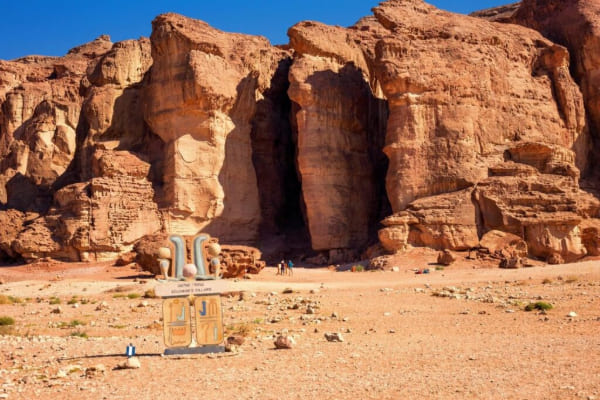
Desert of Zin; Small but with a biblical soul
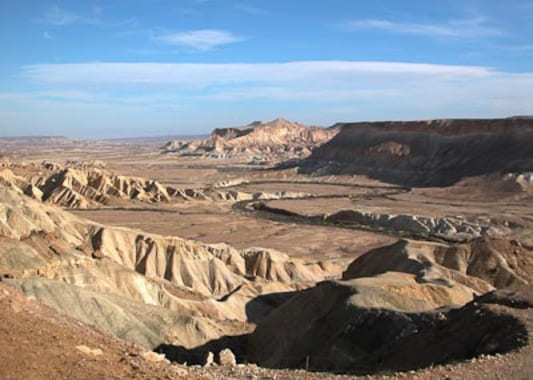
Now, let me tell you about one of my favorite places: the desert of Zin. It is small compared to the Negeb, but it has an imposing personality.
Here, the white rocks and canyons contain biblical stories: people say that Moses passed through here.
The Ein Avdat Reserve is an oasis hidden among the rock, with waterfalls, mountain goats and a peace that embraces you.
And despite its size, life springs to life in the heart of the Zin desert: hawks, foxes, acacias…
A place that proves that in the Deserts of Israel, even dust can beat.
Ein Gedi: an oasis among deserts
Located between the Dead Sea and the Judean Mountains, this nature reserve is a green paradise in the middle of the desert. There are waterfalls, ibexes that walk naturally and hiking trails to fall in love with.
Just a couple of hours from Jerusalem, but it seems like another planet. A true gift for the soul and the camera.
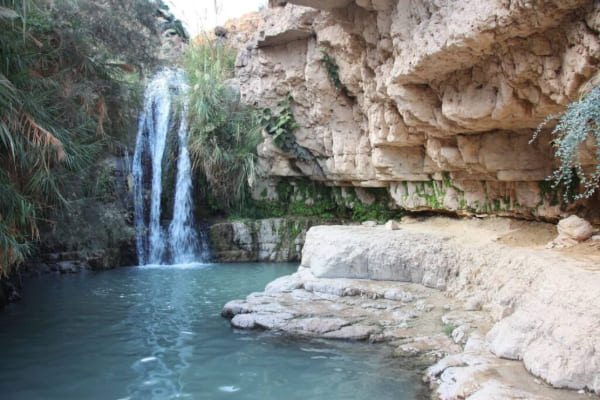
Tips for visiting Israeli deserts
- Avoid the summer heat: October to March are the ideal months.
- The nights are cold, so take a coat even if it is hot during the day.
- Water, sunscreen and a big hat are your best friends.
- Early mornings are rewarded! Sunrises in the desert are pure poetry.
Which of these Israeli deserts would you like to visit?
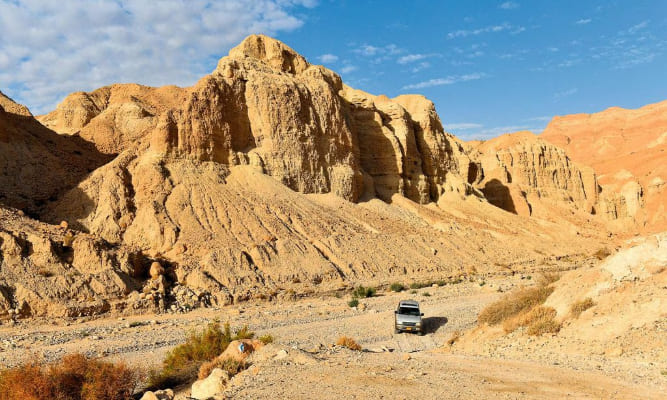
Or better yet, have you already visited any of these places? What was your favorite hidden gem? Tell me about it. It’s always nice to share discoveries.
Because in the end, the desert is not empty. It is full of silences that speak, skies that shine and landscapes that embrace.
Some of these sites are linked to spiritual symbolism, such as the traditional Israeli amulets that represent protection and connection to the land.

